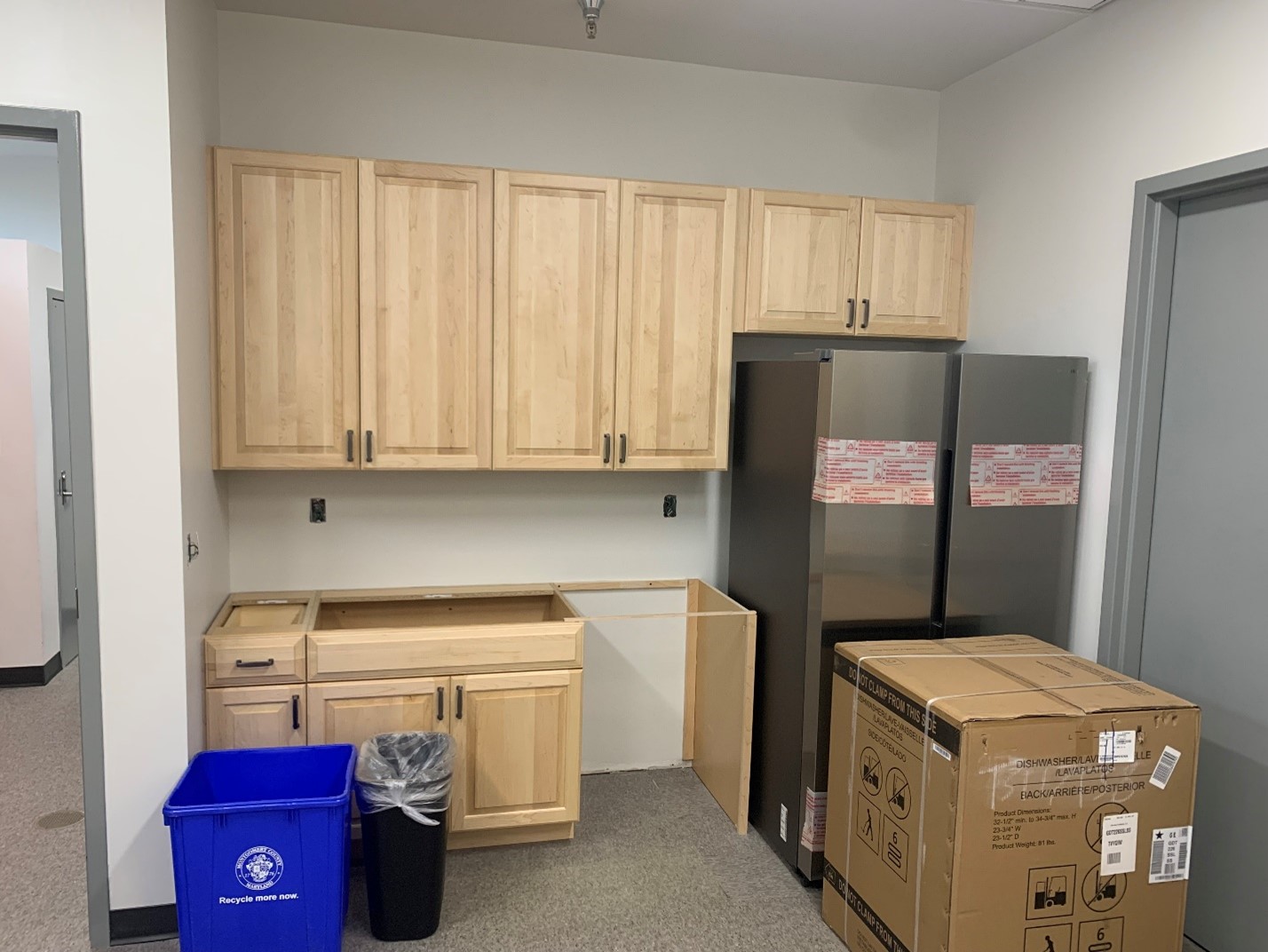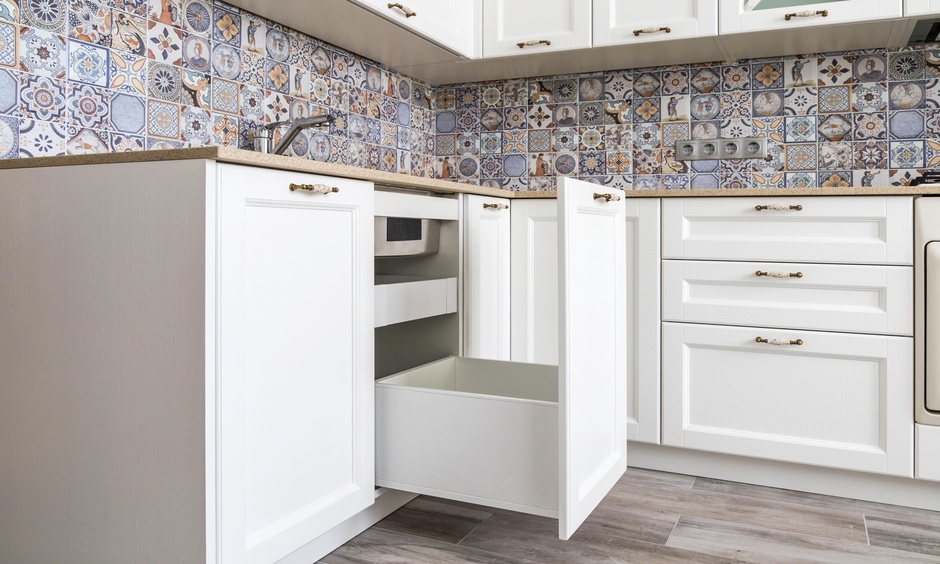Understanding Under-Sink Cabinet Wall-Mounted Systems: Under Sink Cabinet Wall Mounted

Wall-mounted under-sink cabinets offer a unique and often advantageous alternative to traditional floor-standing cabinets. They provide a modern aesthetic, maximize space, and can be particularly beneficial in smaller kitchens or bathrooms. This article will delve into the advantages of these systems, explore the various types available, and compare them to their traditional counterparts.
Advantages of Wall-Mounted Under-Sink Cabinets
Wall-mounted under-sink cabinets offer a range of benefits, making them an attractive option for many homeowners.
- Space Optimization: Wall-mounted cabinets free up valuable floor space, creating a more spacious and uncluttered environment, particularly in smaller kitchens or bathrooms. This can be especially beneficial for areas with limited floor space or where accessibility is a concern.
- Enhanced Cleaning: The elevated position of wall-mounted cabinets makes cleaning under the sink easier and more efficient. This eliminates the need to move heavy cabinets or furniture to access the area, simplifying maintenance and keeping the space cleaner.
- Modern Aesthetics: Wall-mounted cabinets often contribute to a contemporary and minimalist aesthetic, adding a sleek and modern touch to any kitchen or bathroom. They can help create a visually appealing and uncluttered space, complementing modern design trends.
- Increased Accessibility: Wall-mounted cabinets can be positioned at a more comfortable height for individuals with mobility limitations, improving accessibility and making it easier to reach items stored within the cabinet.
Types of Wall-Mounted Under-Sink Cabinets
Wall-mounted under-sink cabinets come in various designs and configurations, offering options to suit different needs and preferences.
- Single-Door Cabinets: These cabinets feature a single door that opens to reveal storage space. They are ideal for smaller sinks or areas with limited space.
- Double-Door Cabinets: Double-door cabinets offer more storage space and can be particularly useful for larger sinks or areas where more storage is required.
- Drawers: Wall-mounted cabinets with drawers provide organized storage and easy access to items. They can be ideal for storing smaller items like cleaning supplies or toiletries.
- Open Shelving: Wall-mounted open shelving systems offer a more minimalist aesthetic and provide easy access to items. They can be ideal for displaying decorative items or frequently used items.
Wall-Mounted vs. Traditional Under-Sink Cabinets, Under sink cabinet wall mounted
While wall-mounted cabinets offer numerous advantages, it’s essential to consider the trade-offs compared to traditional under-sink cabinets.
- Installation Complexity: Wall-mounted cabinets require professional installation, which can be more expensive and time-consuming compared to traditional cabinets. It’s crucial to ensure the wall is sturdy enough to support the weight of the cabinet and its contents.
- Storage Capacity: Traditional under-sink cabinets generally offer more storage capacity than their wall-mounted counterparts. This can be a factor to consider if you require significant storage space.
- Accessibility: While wall-mounted cabinets can improve accessibility for some, they might be less accessible for individuals who prefer a lower storage height.
Installation and Design Considerations

Installing a wall-mounted under-sink cabinet can be a practical solution to maximize space and create a more organized kitchen or bathroom. The process involves careful planning and execution to ensure a secure and functional installation. Additionally, design considerations are important to select the right cabinet size and style that complements your existing decor and meets your storage needs.
Selecting the Right Cabinet Size and Style
The size and style of your wall-mounted under-sink cabinet are crucial considerations. These aspects directly impact the functionality and aesthetics of your space. Here are some factors to consider when choosing the right cabinet:
- Available Space: Carefully measure the area under your sink to determine the maximum width and depth of the cabinet you can accommodate. Ensure that the cabinet does not obstruct plumbing or electrical access.
- Sink Size and Configuration: Consider the size and shape of your sink to ensure compatibility with the cabinet. A double-bowl sink might require a wider cabinet than a single-bowl sink.
- Storage Needs: Evaluate your storage requirements and choose a cabinet with adequate shelves, drawers, or compartments to accommodate your cleaning supplies, toiletries, or other items.
- Style and Finish: Select a cabinet style that complements your existing kitchen or bathroom decor. Consider materials like wood, metal, or laminate, and choose a finish that matches your existing fixtures and appliances.
Understanding Plumbing and Electrical Access
When designing your under-sink area, it’s essential to consider plumbing and electrical access. Proper planning ensures that these utilities are easily accessible for maintenance and repairs. Here are some key points to keep in mind:
- Plumbing Access: Ensure that the cabinet design allows easy access to plumbing fixtures, such as the shut-off valves, drain lines, and supply lines. Avoid cabinets that completely enclose these components.
- Electrical Access: If you have an electric garbage disposal or other electrical appliances under the sink, ensure that the cabinet provides sufficient space and access for wiring. Consider using a dedicated outlet for the appliance.
- Ventilation: Adequate ventilation is essential to prevent moisture buildup and mold growth under the sink. Ensure that the cabinet design includes ventilation openings or a fan to promote airflow.
Steps Involved in Installation
Installing a wall-mounted under-sink cabinet typically involves these steps:
- Prepare the Wall: Locate studs in the wall and mark the desired position for the cabinet. Ensure that the wall is level and free of any obstructions.
- Install Mounting Brackets: Attach the mounting brackets to the wall using screws or anchors, depending on the wall material. Make sure the brackets are securely fastened.
- Attach the Cabinet: Hang the cabinet onto the mounting brackets and ensure it is level and securely attached.
- Install Shelves or Drawers: Assemble and install any shelves, drawers, or other internal components as per the manufacturer’s instructions.
- Connect Plumbing and Electrical: If necessary, connect plumbing fixtures and electrical wiring to the cabinet. Ensure that all connections are secure and meet local codes.
Maximizing Space and Functionality

Under sink cabinet wall mounted – The under-sink cabinet is a valuable storage space in any kitchen. However, without proper organization, it can quickly become cluttered and inefficient. By implementing smart storage solutions and utilizing accessories, you can transform this often-overlooked space into a highly functional and organized area. This section explores practical strategies and design considerations to maximize space and functionality within your under-sink cabinet.
Utilizing Accessories and Dividers
Accessories and dividers play a crucial role in creating a functional under-sink system. They help separate items, prevent clutter, and maximize vertical space. Consider these common accessories:
- Pull-out drawers: These drawers maximize accessibility and visibility of stored items. They are particularly useful for storing frequently used items, such as cleaning supplies, sponges, and dishcloths. Pull-out drawers can be customized to fit specific needs and can be installed in various configurations.
- Adjustable shelves: These shelves provide flexibility in organizing items of varying heights. They can be adjusted to accommodate tall bottles, cleaning products, or even small appliances. Adjustable shelves also help create dedicated zones for different categories of items.
- Wire baskets: Wire baskets are ideal for storing lightweight items like sponges, dishcloths, and cleaning cloths. They promote airflow and visibility, preventing mildew and making it easier to locate items. Wire baskets can be stacked to optimize vertical space and can be easily moved for cleaning.
- Turntables: Turntables are perfect for storing small items that are difficult to reach in the back of the cabinet. They allow for 360-degree rotation, making every item easily accessible. Turntables are especially useful for storing spices, condiments, or small cleaning supplies.
- Over-the-door organizers: These organizers are great for storing items that don’t fit in the cabinet or need to be readily accessible. They can be used to store cleaning supplies, trash bags, or even small kitchen appliances.
Designing a Functional Under-Sink System
A well-designed under-sink system considers the specific needs and preferences of the user. It incorporates the right combination of storage solutions and accessories to optimize space and functionality. Here’s a table illustrating common under-sink storage solutions, including their benefits and drawbacks:
| Storage Solution | Benefits | Drawbacks |
|---|---|---|
| Pull-out drawers | Maximize accessibility and visibility; easily customizable; ideal for frequently used items. | Can be expensive; require more installation effort; may not be suitable for all cabinet sizes. |
| Adjustable shelves | Provide flexibility for organizing items of varying heights; create dedicated zones for different categories; easily adjustable to accommodate changing needs. | May not be suitable for heavy items; can be difficult to clean behind the shelves. |
| Wire baskets | Promote airflow and visibility; prevent mildew; easily stackable; can be moved for cleaning. | Not suitable for heavy items; may not be as sturdy as other storage solutions. |
| Turntables | Maximize accessibility of items stored in the back of the cabinet; provide 360-degree rotation; ideal for small items. | Can be difficult to clean; may not be suitable for heavy items. |
| Over-the-door organizers | Provide additional storage space for items that don’t fit in the cabinet; readily accessible; can be easily installed. | May not be suitable for heavy items; can block access to other cabinet features. |
A wall-mounted under sink cabinet is a real space-saver, especially in smaller kitchens. It’s all about keeping things tidy and looking fresh, and if you’re rocking that classic vibe, you might be digging the look of honey oak oak cabinets with gray walls.
They go together like a good cuppa and a cheeky biscuit, and with a wall-mounted under sink cabinet, you can keep that clean and sleek look going.
Right, so you’re thinking about an under-sink cabinet that’s wall-mounted, yeah? Like, you want that extra space, but you’re not sure how to make it work. Well, you could try getting rid of that old medicine cabinet you’ve got above the sink.
There’s a decent guide on how to remove a wall mounted medicine cabinet safely, so you can get rid of it without any hassle. Then, you can think about fitting a nice, solid under-sink cabinet to the wall, and you’ll be sorted.
